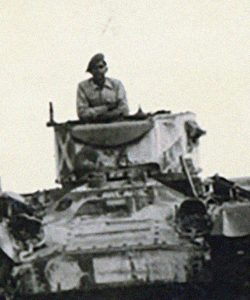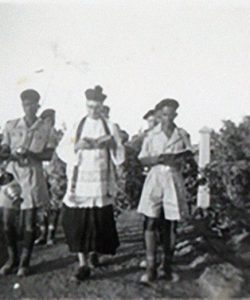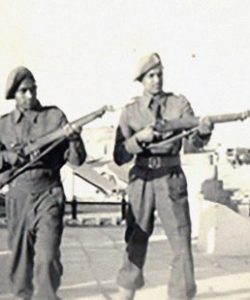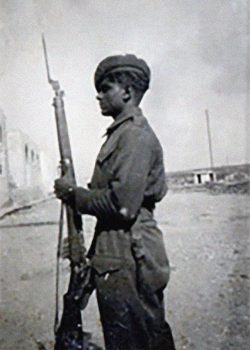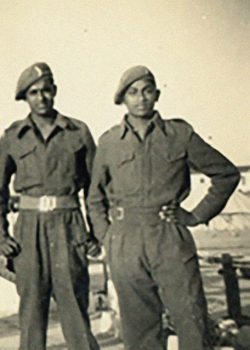World War II Military Installations at Ile aux Aigrettes
During WWll (1939 – 1945) Ile aux Aigrettes was requisitioned by the Military Authorities to form part of the defence of the Mahebourg Bay. This consisted of the following defence systems:
• Mahebourg Pass
• Ile aux Aigrettes 2 inch guns
• Ile de la Passe 2 twelve pounders
• Passe Danoise
• Pointe Diable (mainland) 2 twelve pounders
• Pointe aux Feuilles (mainland) 2 naval six pounders
The island garnished a 100-125 Mauritian artillery unit. Two inch (100 lb shells) guns were transferred to the island in 1942. Both guns had been dismantled from naval ships in 1939 which had served in WWll. The guns were fired regularly in training though were never used in act of war.
Two 6’MK Vll BL 12 pounder guns and 2 90mm 3 FL guns were also placed in Ile aux Aigrettes. These pounder guns, marked with the crest of King Edward Vll, were made in 1902, for British battle ships and reused for coastal defences in WWll.
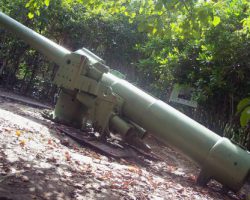
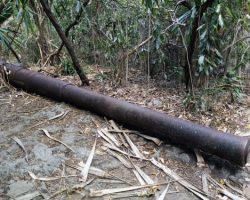
World War II Military Installations at Ile De La Passe
During WWll (1939–1945), Île de la Passe was vitally important in the control of Grand Port because it featured a heavy battery that covered the entrance to the channel, thus controlling the passage to the sheltered inner lagoon. Around 100 Mauritian Soldiers were posted on Île de la Passe during WW II.

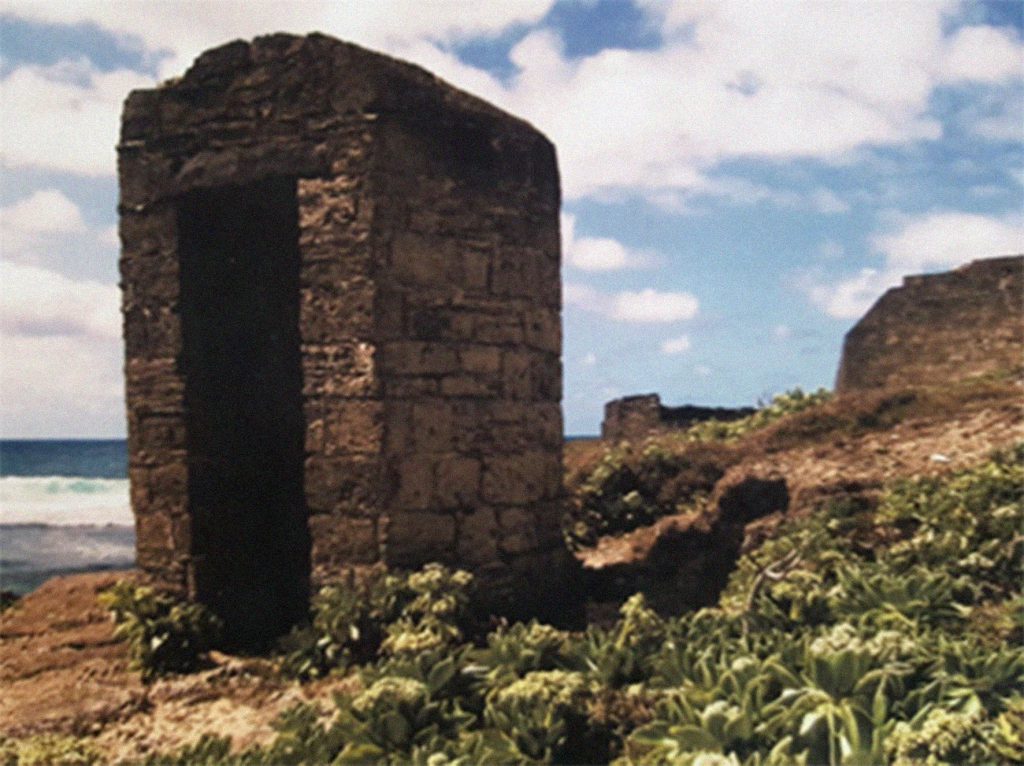
During the early period of war, some structures were constructed, such as Observation Tower, Central Building, Searchlight Building and the Underground Generator Halls. All these were modified in early 1942. The Central Building was provided with a second room and other structures including roofs were reinforced. Two 6” Mk VII BL 12 pounder guns like those on Ile aux Aigrettes were mounted on holdfasts in twin semi circular gun pits. Two searchlights were placed and the old powder house was presumably used as magazine for ammunition.

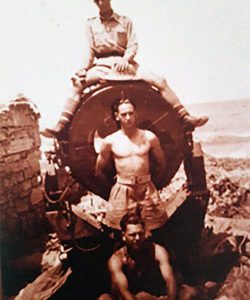
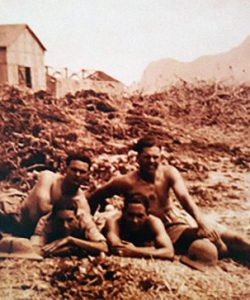
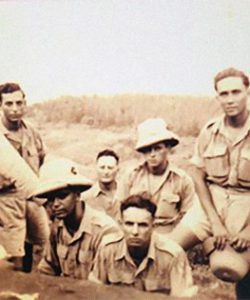
Mauritian In Royal Air Force
The Royal Air Force (RAF) is the United Kingdom’s aerial warfare force. Formed towards the end of the First World War on 1 April 1918, it is the oldest independent air force in the world. Following victory over the Central Powers in 1918, the RAF emerged as, at the time, the largest air force in the world. Since its formation, the RAF has acquired a significant role in British military history. In particular, it played a large part in the Second World War where it fought its most famous campaign, the Battle of Britain.
On the 6th September 1940, it was announced in the papers that the Government of His Majesty was willing to consider Mauritian candidates capable of serving in the Royal Air Force, as pilots, observers, wireless operators or air gunners. Since its formation, the RAF has taken significant role in British military history. Eligible candidates were required to have an elementary knowledge of Mathematics and a good command of the English language. A first selection exercise was held, and out of 355 candidates 59 were selected for further examinations.
Mauritius had a small volunteer air force which manned seaplane tenders used to service anchored flying-boats.
Most Mauritians joined the Royal Air Force as wireless operators and had as responsibility to maintain communication with their bases. Some also made it as pilots and air gunners.
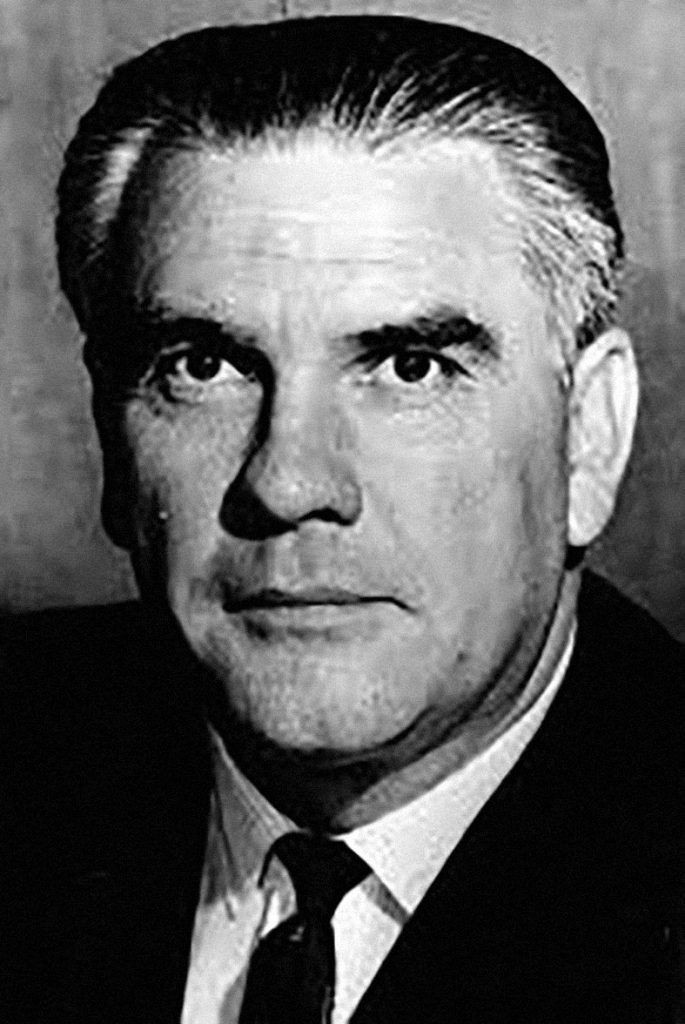
For instance, Mr. J.M. Paturau was in England when Second World War was declared and when he was mobilized, he followed a course in aviation at the Bordeaux -Merignac. He then moved to Syria where he joined the bomber squadron. He also participated in the Libyan campaign, accomplishing 36 bombings and then later, he joined the Lorraine Group and accomplished 40 bombing mission in Europe.
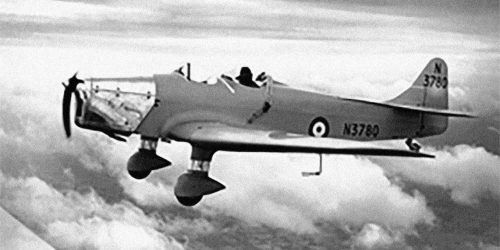
WWII – The Mauritius Squadron – 1942
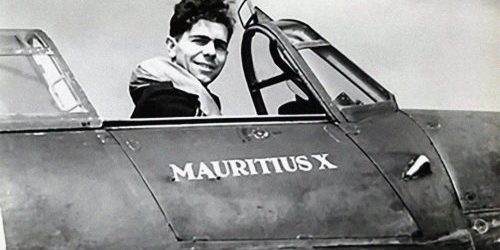
This part of history is somewhat unfamiliar, but during the Second World War, the No. 174 (Mauritius) Squadron RAF was a Royal Air Force Squadron, a fighter bomber unit.
It was involved in attacks on shipping and V-1 flying bomb launch sites from several bases in the UK. The squadron moved to Camilly, France after D-Day (the 6 June 1944- beach landings of the Allies in Normandy) and then withdrew back to the UK.
In the above picture shared by her daughter Eugenie Brooks, flight Sergeant John William Brooks DFC DFM is pictured sitting in his hurricane around 1942. He was based at Manston, Kent in 174 Squadron. 174 Squadron was called the Mauritius Squadron due to the fact that the money raised to buy all the hurricanes came from the good people of Mauritius.
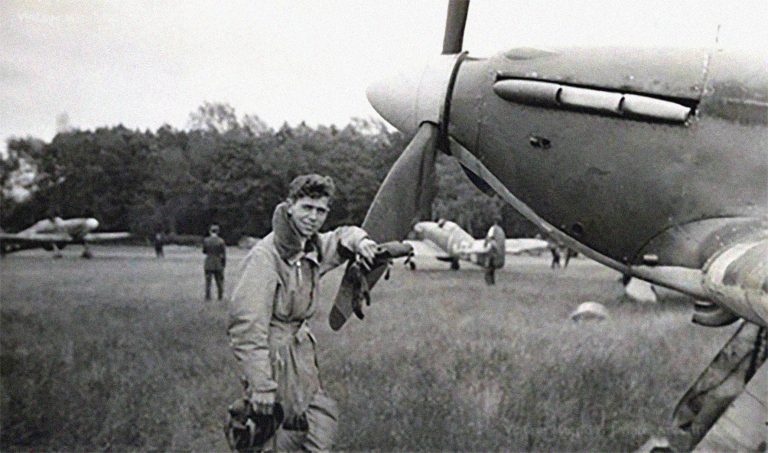
Mauritian Soldiers In The War Campaigns
